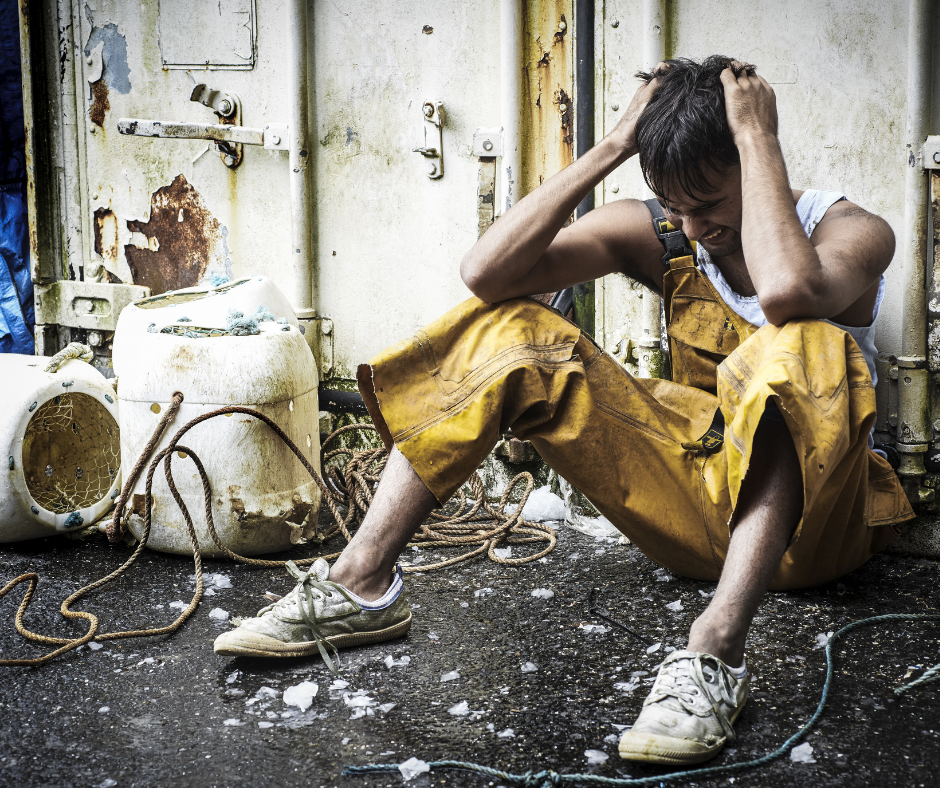
The True Human Costs of Cheap Footwear
Share
The price of a pair of shoes can sometimes seem irresistible. Promises of affordable fashion and tempting discounts make us believe we are getting a great deal. However, what lies behind those low price tags? Cheap footwear often hides stories of exploitation, inhumane working conditions, and devastating impacts on workers throughout the production chain.
Labour Exploitation: The Hidden Reality
A significant portion of cheap footwear is produced in countries such as Bangladesh, India, China, and Vietnam, where production costs are kept low due to low wages and lack of labour regulations. Workers in footwear factories endure gruelling workdays, often exceeding 12 hours, in unsafe and unsanitary conditions.
According to a report by the Clean Clothes Campaign (2019), only 2% of workers in the global textile and footwear industry earn a living wage sufficient to support their families. In Bangladesh, one of the largest exporters of fashion products, workers earn approximately €32 per month, while the cost of living is estimated at a minimum of €85 per month. In India, it is common for employees to earn as little as €0.50 to €1 per day.
Health Impacts on Workers
Toxic chemicals used in material treatment and leather production severely affect workers' health. According to Human Rights Watch, employees in tannery industries are exposed daily to chromium VI, a carcinogenic substance that can cause cancers, respiratory problems, and permanent skin damage.
In Kanpur, India, one of the world's largest tannery hubs, reports indicate higher-than-average rates of skin and lung cancers. Nearby communities also suffer: studies reveal that rivers and drinking water sources close to these industries are contaminated with heavy metals, endangering the health of thousands of families.
Child Labour and Modern Slavery
Sadly, child labour remains a reality in the production of cheap footwear. Reports from the International Labour Organization (ILO) estimate that over 160 million children are involved in child labour worldwide, with a significant number working in the production of goods like footwear and textiles.
Adults in extreme vulnerability can also fall victim to modern slavery. According to the Global Slavery Index (2023), the clothing and footwear industry is one of the largest users of forced labour practices, often through subcontractors that are difficult for major brands to monitor.
Many major brands offering cheap footwear claim ignorance of the conditions in their supply chains. However, a study published by the Fashion Transparency Index (2022) revealed that only 30% of brands disclose detailed information about their suppliers, making it difficult to assess the actual working conditions in factories.
Moreover, audits and certifications, while necessary, are not always sufficient to ensure meaningful change, as labour violations can be hidden during inspections. The Worker Rights Consortium (2023) reported that practices such as document falsification and worker coercion to conceal abuses remain common.
Ethical Alternatives
Consumers hold the power to change this scenario by choosing brands that prioritise ethical and transparent practices. Ethical and sustainable footwear brands invest in alternative materials, fair wages, and safe working conditions. Although these products come at a higher price, they reflect the true costs of responsible production.
Initiatives like the Fair Wear Foundation and the Better Cotton Initiative are pushing for greater transparency and dignified working conditions in the industry. Buying less, choosing better, and caring for footwear to extend its durability are actions that help reduce the demand for cheap and disposable products.
Cheap footwear may seem like an opportunity at the time of purchase, but the real price is paid by the invisible workers in the production chain, who sacrifice their health and dignity. Each of us has a responsibility to question the origins of the products we consume and to pressure brands to adopt more humane and transparent practices. After all, the human cost of exploitation should never be the price of our comfort.
References:
- Clean Clothes Campaign: www.cleanclothes.org
- Human Rights Watch: www.hrw.org
- Ethical Trading Initiative: www.ethicaltrade.org
- International Labour Organization (ILO): www.ilo.org
- Global Slavery Index: www.globalslaveryindex.org
- Fashion Transparency Index: www.fashionrevolution.org
- Worker Rights Consortium: www.workersrights.org
Image: Hope for Justice
